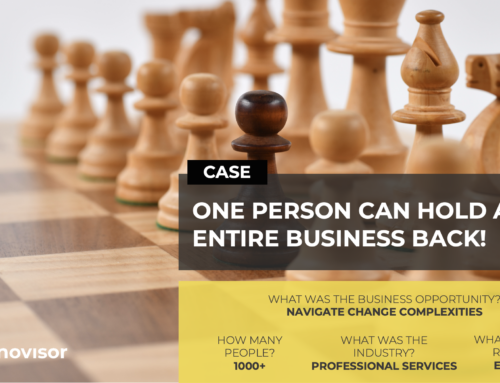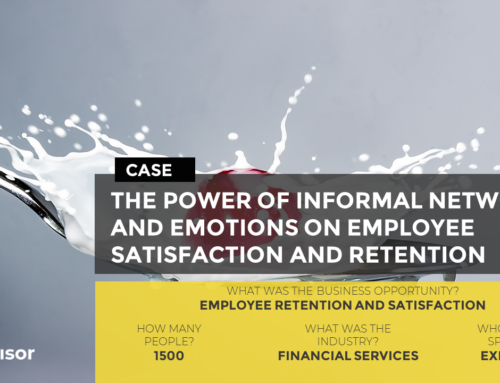
Consider This When You Replace Your Outdated Employee Engagement Solution!
Many executives consider their current employee engagement solution outdated. In fact, as many as 80% of executives consider changing their current solution in the near future. But why is it outdated? The reasons are many, and I have had my share of lively discussions on the topic.
Complaints Are Many…
The complaints I hear repeated and again run along these lines:
- “We need a much faster way to get feedback and insights from our employees”
- “The four month period from start-up to feedback are way too long.”
- “The output is not really actionable for anyone in the organization”
- “We always ask the same questions, otherwise we lose our benchmark… but they are not really relevant”
- “It has become a HR tick-off exercise not really providing value
I am sure you can add other complaints, and do hope you are willing to share them as a comment at the bottom of this post.
Tie Your Approach To A Business
Often the complaints have been followed by the cry for help: “Jeppe, what would you recommend we do instead?” My answer is always the same. You either eliminate the employee engagement survey completely, or you make sure it adds value to the business.
If you decide to hang in there…
Four Employee Engagement Solutions to Select Between
I see four employee engagement solutions.

The “Classical” solution you all know, The “Real-Time” solution is like the “Push Button Device” you know from the Supermarket, The “Sampling” solution is like the “Opinion Poll”, and “Pulse” is the Action approach tailored to specific business issues.
Finding the Right Fit for Your Organization
To decide which solution fits your organization best I recommend you do the following:
1) Develop a list of decision criteria, such as Access to Benchmarks, Speed, Action Orientation, Cost, Need for internal administration, Respondent Resource Efficiency and Frequency of Feedback.
2) Weight their relative importance against each other
3) Score the relevant employee engagement solutions
You should you then by able to identify the right solution for your organization.
Helpful Questions to Clarify Your Decision
Questions you should ask yourself, as you clarify your decision.
- How important is speed of the process? – Do you look for feedback within 5 days, or is 4 months good enough?
- How important is the ability to tailor the data collection versus the access to benchmarks and comparisons versus last data collection (that standardized questions give you)?
- How important is frequency of feedback? Is once a year good enough? – or would it be beneficial to check-in on a monthly basis? – or with an even higher frequency?
- How important is it to ask all employees? – Is it enough to ask a sub-set, if you just know the statistical significance and validity of the results?







